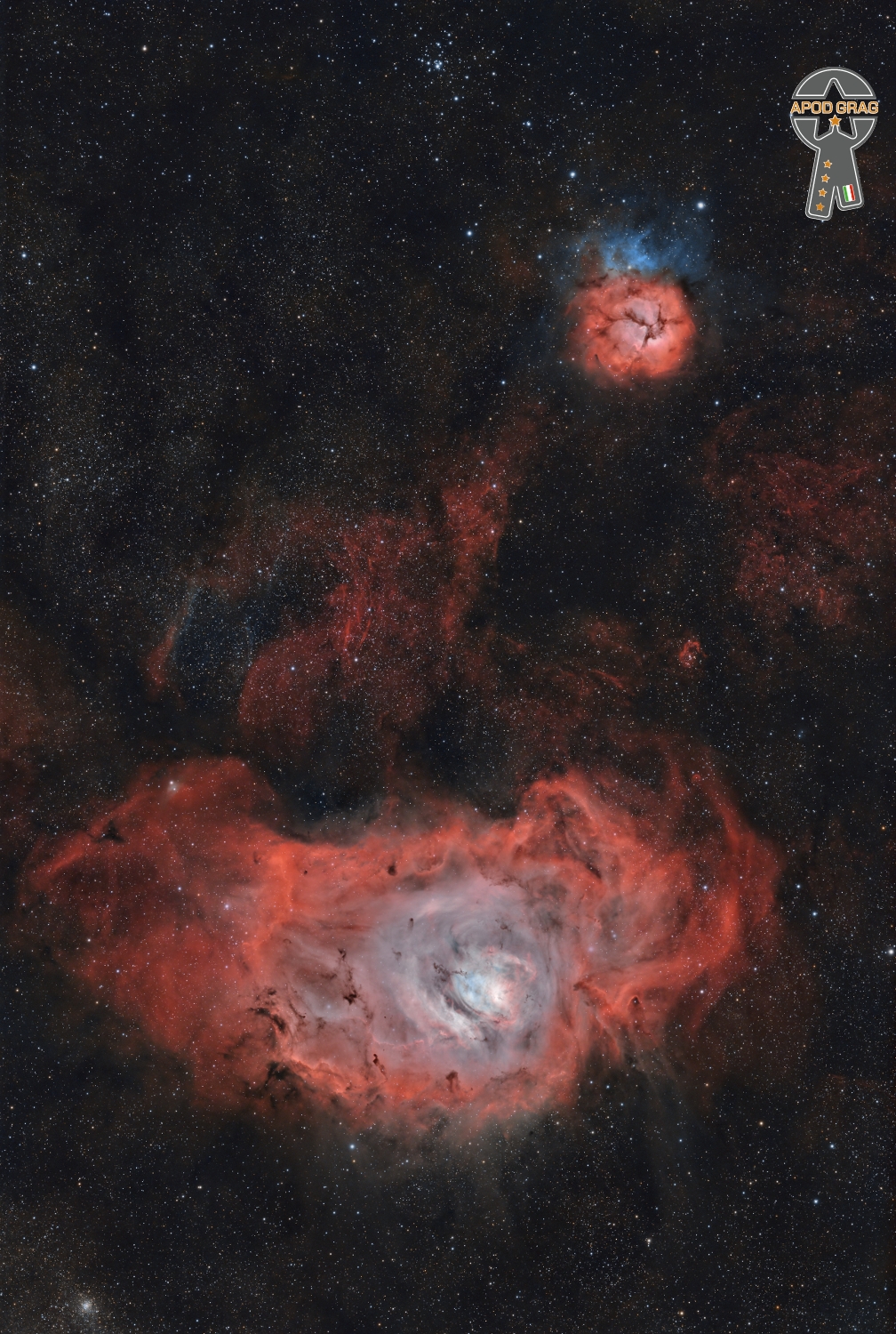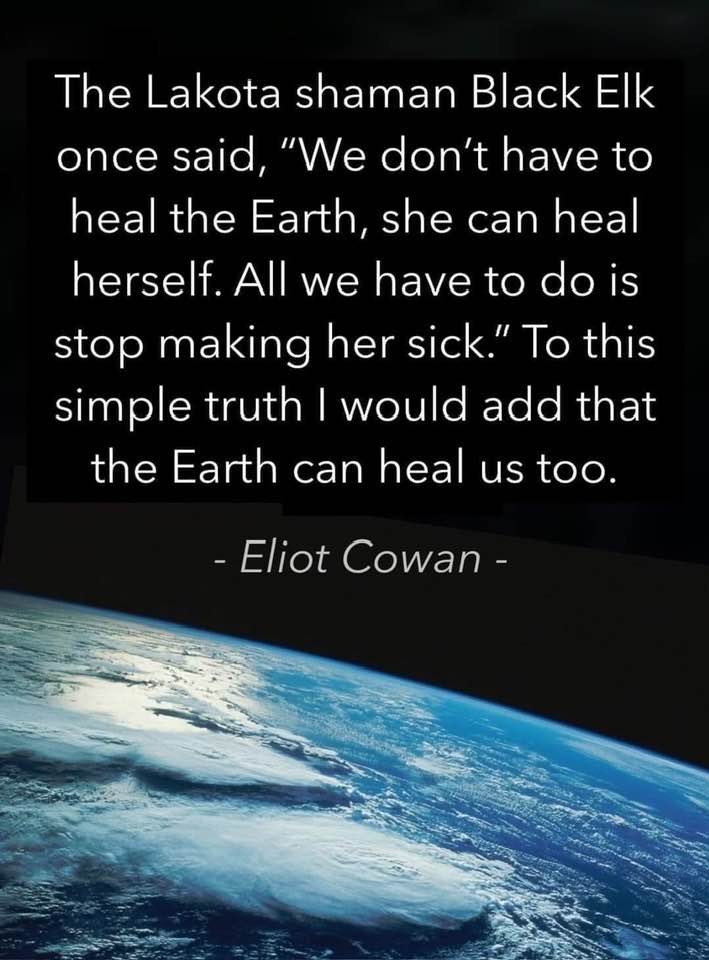Blog
Mitchell Herbert Ellis (August 4, 1921– March 28, 2010 Farmersville, TX) was an American jazzguitarist. During the 1950s, he was in a trio with pianist Oscar Peterson.
Ellis was proficient on the instrument by the time he entered North Texas State University. He majored in music, but because the university did not have a guitar program, he studied the bass. He dropped out of college and toured for six months with a band from the University of Kansas. From 1943–45 he joined Glen Gray and the Casa Loma Orchestra. After Gray’s band, Ellis joined the Jimmy Dorsey band where he played some of his first recorded solos.
Ellis remained with Dorsey through 1947, traveling and recording extensively, and playing in dance halls and movie palaces. Lou Carter told journalist Robert Dupuis in a 1996 interview, “The Dorsey band had a six-week hole in the schedule. The three of us had played together some with the big band. John Frigo, who had already left the band, knew the owner of the Peter Stuyvesant Hotel in Buffalo. We went in there and stayed six months. And that’s how the group the Soft Winds were born”. Together with Frigo and Lou Carter, Ellis wrote the classic jazz standards “Detour Ahead” and “I Told Ya I Love Ya, Now Get Out“.
The Soft Winds group was fashioned after the Nat King Cole Trio. They stayed together until 1952. Ellis then joined the Oscar Peterson Trio (replacing Barney Kessel) in 1953, forming what Scott Yanow would later on refer to as “one of the most memorable of all the piano, guitar, and bass trios in jazz history”.
Ellis became prominent after performing with the Oscar Peterson Trio from 1953 to 1958, along with pianist Peterson and bassist Ray Brown. He was a somewhat controversial member of the trio, because he was the only white person in the group in a time when racism was still very much widespread.
more...Louis Daniel Armstrong (August 4, 1901 – July 6, 1971), nicknamed “Satchmo“, “Satch“, and “Pops“,was an American trumpeter and vocalist. He was among the most influential figures in jazz. His career spanned five decades and several eras in the history of jazz.Armstrong received numerous accolades including the Grammy Award for Best Male Vocal Performance for Hello, Dolly! in 1965, as well as a posthumous win for the Grammy Lifetime Achievement Award in 1972 and induction into the National Rhythm & Blues Hall of Famein 2017.
Armstrong was born and raised in New Orleans. Coming to prominence in the 1920s as an inventive trumpet and cornet player, he was a foundational influence in jazz, shifting the focus of the music from collective improvisation to solo performance. Around 1922, Armstrong followed his mentor, Joe “King” Oliver, to Chicago to play in Oliver’s Creole Jazz Band. Armstrong earned a reputation at “cutting contests“, and his fame reached band leader Fletcher Henderson. Armstrong moved to New York City, where he became a featured and musically influential band soloist and recording artist. By the 1950s, Armstrong was a national musical icon, appearing regularly in radio and television broadcasts and on film.
Armstrong’s best known songs include “What a Wonderful World“, “La Vie en Rose“, “Hello, Dolly!“, “On the Sunny Side of the Street“, “Dream a Little Dream of Me“, “When You’re Smiling” and “When the Saints Go Marching In“. He collaborated with Ella Fitzgerald, producing three records together: Ella and Louis (1956), Ella and Louis Again (1957), and Porgy and Bess (1959). He also appeared in films such as A Rhapsody in Black and Blue(1932), Cabin in the Sky (1943), High Society (1956), Paris Blues (1961), A Man Called Adam (1966), and Hello, Dolly! (1969).
With his instantly recognizable, rich, gravelly voice, Armstrong was also an influential singer and skillful improviser. He was also skilled at scat singing. By the end of Armstrong’s life, his influence had spread to popular music. He was one of the first popular African-American entertainers to “cross over” to wide popularity with white and international audiences. Armstrong rarely publicly discussed racial issues, to the dismay of fellow African Americans, but took a well-publicized stand for desegregation in the Little Rock crisis. He could access the upper echelons of American society at a time when this was difficult for Black men.
more...The Lagoon Nebula (catalogued as Messier 8 or M8, NGC 6523, Sharpless 25, RCW 146, and Gum 72) is a giant interstellar cloud in the constellation Sagittarius. It is classified as an emission nebula and has an H II region.
The Lagoon Nebula was discovered by Giovanni Hodierna before 1654 and is one of only two star-forming nebulae faintly visible to the eye from mid-northern latitudes. Seen with binoculars, it appears as a distinct cloud-like patch with a definite core. Within the nebula is the open cluster NGC 6530. 4100ly
The Trifid Nebula (catalogued as Messier 20 or M20 and as NGC 6514) is an H II region in the north-west of Sagittarius in a star-forming region in the Milky Way’sScutum–Centaurus Arm. It was discovered by Charles Messier on June 5, 1764. Its name means ‘three-lobe’. The object is an unusual combination of an open cluster of stars, an emission nebula (the relatively dense, reddish-pink portion), a reflection nebula(the mainly NNE blue portion), and a dark nebula (the apparent ‘gaps’ in the former that cause the trifurcated appearance, also designated Barnard 85). Viewed through a small telescope, the Trifid Nebula is a bright and peculiar object, and is thus a perennial favorite of amateur astronomers.

more...
Hamid Drake (born August 3, 1955 Monore, LA) is an American jazz drummer and percussionist.
By the close of the 1990s, Hamid Drake was widely regarded as one of the best percussionists in jazz and improvised music. Incorporating Afro-Cuban, Indian, and African percussion instruments and influence, in addition to using the standard trap set, Drake has collaborated extensively with top free jazz improvisers. Drake also has performed world music; by the late 1970s, he was a member of Foday Musa Suso’sMandingo Griot Society[1] and has played reggae throughout his career.[2]
Drake has worked with trumpeter Don Cherry, pianist Herbie Hancock, saxophonists Pharoah Sanders, Fred Anderson, Archie Shepp and David Murray, and bassists Reggie Workman and William Parker (in many lineups).
Drake studied drums extensively, including eastern and Caribbean styles. He frequently plays without sticks, using his hands to develop subtle commanding undertones. His tabla playing is notable for his subtlety and flair. Drake’s questing nature and his interest in Caribbean percussion led to a deep involvement with reggae.
more...Roscoe Mitchell (born August 3, 1940 Chicago) is an American composer, jazzinstrumentalist, and educator, known for being “a technically superb – if idiosyncratic – saxophonist”. The Penguin Guide to Jazz described him as “one of the key figures” in avant-garde jazz; All About Jazz stated in 2004 that he had been “at the forefront of modern music” for more than 35 years. Critic Jon Pareles in The New York Times has mentioned that Mitchell “qualifies as an iconoclast”. In addition to his own work as a bandleader, Mitchell is known for cofounding the Art Ensemble of Chicago and the Association for the Advancement of Creative Musicians (AACM).
more...Anthony Dominick Benedetto (August 3, 1926 – July 21, 2023), known professionally as Tony Bennett, was an American jazz and traditional pop singer. He received many accolades, including 20 Grammy Awards, a Lifetime Achievement Award, and two Primetime Emmy Awards. Bennett was named an National Endowments for the Arts Jazz Master and a Kennedy Center Honoree and founded the Frank Sinatra School of the Arts in Astoria, Queens, New York. He sold more than 50 million records worldwide and earned a star on the Hollywood Walk of Fame.
Bennett began singing at an early age. He fought in the final stages of World War II as a U.S. Army infantryman in the European Theater. Afterward, he developed his singing technique, signed with Columbia Records and had his first number-one popular song with “Because of You” in 1951. Several popular tracks such as “Rags to Riches” followed in early 1953. He then refined his approach to encompass jazz singing. He reached an artistic peak in the late 1950s with albums such as The Beat of My Heartand Basie Swings, Bennett Sings. In 1962, Bennett recorded his signature song, “I Left My Heart in San Francisco“. His career and personal life experienced an extended downturn during the height of the rock music era. Bennett staged a comeback in the late 1980s and 1990s, putting out gold record albums again and expanding his reach to the MTV Generation while keeping his musical style intact.
Bennett continued to create popular and critically praised work into the 21st century. He attracted renewed acclaim late in his career for his collaboration with Lady Gaga, which began with the album Cheek to Cheek (2014); the two performers toured together to promote the album throughout 2014 and 2015. With the release of the duo’s second album, Love for Sale (2021), Bennett broke the individual record for the longest run of a top-10 album on the Billboard 200 chart for any living artist; his first top-10 record was I Left My Heart in San Francisco in 1962. Bennett also broke the Guinness World Recordfor the oldest person to release an album of new material, at the age of 95 years and 60 days.
In February 2021, Bennett revealed that he had been diagnosed with Alzheimer’s disease in 2016. Due to the slow progression of his illness, he continued to record, tour, and perform until his retirement from concerts due to physical challenges, which was announced after his final performances on August 3 and 5, 2021, at Radio City Music Hall.
more...Eddie Jefferson (August 3, 1918 – May 9, 1979) was an American jazz vocalist and lyricist. He is credited as an innovator of vocalese, a musical style in which lyrics are set to an instrumental composition or solo. Jefferson himself claims that his main influence was Leo Watson. Perhaps Jefferson’s best-known song is “Moody’s Mood for Love” which was recorded in 1952, though two years later a recording by King Pleasurecatapulted the contrafact into wide popularity (King Pleasure even cites Jefferson as a personal influence). Jefferson’s recordings of Charlie Parker‘s “Parker’s Mood” and Horace Silver‘s “Filthy McNasty” were also hits.
Jefferson was born in Pittsburgh, Pennsylvania, United States. One of his most notable recordings, “So What“, combined the lyrics of artist Christopher Acemandese Hall with the music of Miles Davis to highlight his skills, and enabled him to turn a phrase, into his style he calls jazz vocalese. Eddie Jefferson was shot and killed outside Baker’s Keyboard Lounge on May 8, 1979, aged 60. He had left the club with fellow bandleader Cole around 1:35 a.m. and was shot while walking out of the building. A late-model Lincoln Continental was spotted speeding away from the scene. The driver was later picked up by Detroit police and identified as a disgruntled dancer with whom Jefferson once worked and had fired from a gig. The suspect Bill Perryman was charged with murder, but was later acquitted in a Detroit criminal trial.
more...Accompanying the Shabbat Service at Temple Israel Friday August 2nd 2024 6pm with Inbal Sharett-Singer, Jayson Rodovsky, Jeff Bailey, Pete Whitman and mick laBriola.
more...
WR 134 is a variable Wolf-Rayet star located around 6,000 light years away from Earth in the constellation of Cygnus, surrounded by a faint bubble nebula blown by the intense radiation and fast wind from the star. It is five times the radius of the sun, but due to a temperature over 63,000 K it is 400,000 times as luminous as the Sun.
WR 134 was one of three stars in Cygnus observed in 1867 to have unusual spectra consisting of intense emission lines rather than the more normal continuum and absorption lines. These were the first members of the class of stars that came to be called Wolf-Rayet stars (WR stars) after Charles Wolf and Georges Rayet who discovered their unusual appearance.

more...
Nicola James Capaldi (2 August 1944 – 28 January 2005) was an English singer-songwriter and drummer. His musical career spanned more than four decades. He co-founded the progressive rock band Traffic in 1967 with Steve Winwood with whom he co-wrote the majority of the band’s material. He was inducted into the Rock and Roll Hall of Fame as a part of Traffic’s original lineup.
Capaldi also performed with Jimi Hendrix, Eric Clapton, George Harrison, Alvin Lee, Cat Stevens, and Mylon LeFevre, and wrote lyrics for other artists, such as “Love Will Keep Us Alive” and “This is Reggae Music”. As a solo artist he scored more than a half dozen chart hits in various countries, the best-known being “That’s Love” as well as his cover of “Love Hurts“.
more...Juvenal de Holanda Vasconcelos, known as Naná Vasconcelos (2 August 1944 – 9 March 2016), was a Brazilian percussionist, vocalist and berimbau player, notable for his work as a solo artist on over two dozen albums, and as a backing musician with Pat Metheny, Don Cherry, Jan Garbarek, Egberto Gismonti, Gato Barbieri, and Milton Nascimento.
Vasconcelos was born in Recife, Brazil. Beginning from 1967 he joined many artists’ works as a percussionist. Among his many collaborations, he contributed to four Jon Hassell albums from 1976 to 1980 (including Possible Musics by Brian Eno and Hassell), and later to several Pat Metheny Group works and Jan Garbarek concerts from early 1980s to early 1990s. In 1984 he appeared on the Pierre Favre album Singing Drums along with Paul Motian. He also appears on Arild Andersen‘s album If You Look Far Enough with Ralph Towner.
more...“Bamberas” is a flamenco singing style that appeared when the traditional Andalusian “cante de columpio” started to be performed in a flamenco way. This singing was known as “bambas” or “mecederos” and were performed following “bamboleo del columpio” rhythm. They are composed either by four eight-syllable verses or the first and third ones are heptasyllable and the second and forth ones, pentasyllabic. Two first verses are generally repeated either at the end of the “copla” or they form a “quintilla”, repeating only the second one. Its origin is due to “la Niña de los Peines” (fandangos rhythm). It was reworked in 1970 by Fosforito and accompanied by Paco de Lucia, who imposed the definitive rhythm to twelve beats rhythm of “soleá”. Morente on his album “Lorca” from 1999 performed this singing by “tangos”. Other interpreters of this genre were artists such as Rocio Jurado or Carmen Linares.
more...
More Posts
- Daily Roots with the Viceroys
- The Cozmos with SGAS 0033+02
- Aston Barrett
- Max Romeo
- Jesse Colin Young
- Jimmy Knepper
- Hoagy Carmichael
- World Fusion with Anoushka Shankar
- Daily Roots with Ini Kamoze
- The Cozmos with C/2021 A1 Leonard
- Björk
- Alphonse Mouzon
- Dr John
- Charlie Palmieri
- Coleman Hawkins
- World Music with Samba Toure
- Daily Roots with Sly & Robbie
- The Cozmos with Sh2-101
- Duane Allman
- Meredith Monk


